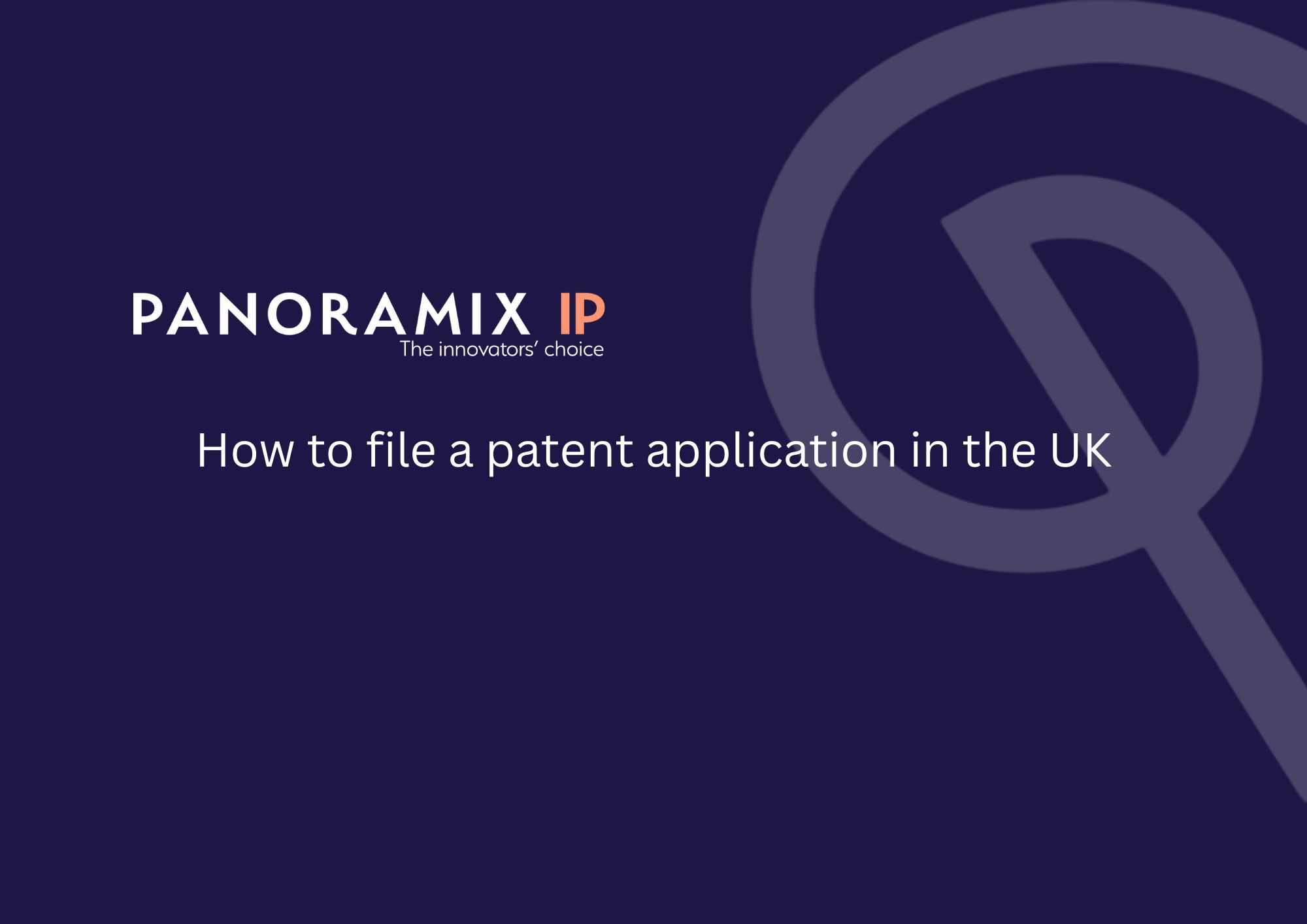In the world of innovation and intellectual property, securing a patent can be a pivotal step for inventors and businesses alike. A patent not only protects an invention from being copied but also enhances its commercial value by establishing a legal barrier against competitors. However, one common question that arises is: “How much does a patent application cost UK?” This article aims to shed light on the costs associated with patenting an idea in the UK and the factors influencing these costs. Understanding these elements is crucial for making informed decisions about protecting your intellectual property.

When considering the cost of a patent, it’s important to understand that the expenses can vary significantly based on several factors. These include the complexity of the invention, the legal assistance required, a law firm’s fee structure, and the ultimate geographical scope of the patent protection. Each of these elements can affect both the immediate costs and the long-term financial commitments associated with maintaining a patent. Furthermore, the nature of the technology or process being patented can also play a role in determining costs, as some fields may require more extensive documentation or specialized knowledge. For example, a machine learning or biotechnology patent application is likely to cost more than an application for a new tool or automotive component.
Initial Application Fees
The first step in securing a patent is filing an application with the UK Intellectual Property Office (IPO). The initial application fee for a UK patent is £60 if paid at the timing of filing the application, and £75 if paid within 12 months of the filing date. This fee covers the basic cost of processing your application.
Search and Examination Fees
A search fee of £150 is required to assess whether your invention is novel and inventive. This can again be paid when filing the application or within 12 months of the application date. This search is crucial as it provides an indication of the originality of your invention by comparing it against existing patents. If your decide to continue with your application after the search stage, you will then need to pay an examination fee of £100 to move forward with the process. This fee is due within 6 months of the date of publication of your application. The publication date will be approximately 18 months after filing of the application. Examination ensures that your invention meets all patentability criteria. The examination process can be quite detailed, often requiring clarifications or amendments to the application to align with the legal standards set by the IPO.
Legal and Professional Fees
While it’s possible to file a patent application without legal assistance, most inventors choose to hire a patent attorney to ensure their application is correctly drafted and filed. Legal fees can vary, but it’s not uncommon for attorney costs to range from £2,000 to £10,000 or more, depending on the complexity of the invention. We strongly advise against self-filed patent applications. It takes patent attorneys many years to hone their skills and qualify as Chartered and European patent attorneys. Most applications that are self-filed by inventors in deficient in some way, in many cases severely limiting the effectiveness of a patent, if it grants at all.
Renewal Fees
Once your patent is granted, you must pay annual renewal fees to maintain its validity. In the UK, patents last for up to 20 years from the filing date, provided renewal fees are paid annually. These fees start at £70 in the 4th year and increase incrementally to £610 in the 20th year. This incremental increase reflects the growing value and maturity of the patent as it progresses through its lifespan. Missing these payments can lead to the patent lapsing, which would relinquish your exclusive rights to the invention, making it essential to plan for these ongoing expenses. By working with a patent attorney, these deadlines will be monitored on your behalf. Of course this will increase the cost of renewing your patent but the additional fee is a small price to pay for peace of mind.
International Patent Protection
If you wish to protect your invention beyond the UK, you may need to consider filing for international patent protection. The cost of obtaining patents in other countries can be significant, often requiring separate applications and additional legal fees. This process can be complex, as different countries have distinct patent laws and application procedures. Engaging with an experienced attorney who understands international patent law is essential to navigate these complexities and ensure that your invention is adequately protected in your target markets.
How Much Does It Cost to Patent an Idea?
The overall cost to patent an idea in the UK can vary depending on the factors mentioned above. It is important to be aware of ongoing costs. As a general guide, you would be looking at the following costs to protect an idea in the UK:
- Prepare and file a patent application – £1,000 – 10,000 + £60 filing fee + £150 search fee
- Review and advise on search report – £500 – 1,500
- Review publication document and report – £225
- Request examination – £225 + £100 examination fee
- Review, report, and respond to examination report – £300 – 1,500 (there may be several rounds of examination)
- Review grant document and report – £225
- Renewal fees – £250 per year + official maintenance fees of between £70 – 610 depending on the renewal year
Most of the cost arises prior to filing the patent application. Applications that are at the lower end of the cost scale may be simple innovations that lend themselves well to being partially drafted by commercially available AI tools.
How to Reduce Patent Costs
Securing a patent can be a costly endeavor, but there are steps you can take to minimise expenses:
Conduct a Preliminary Search
Before filing a patent application, conduct a preliminary search to ensure your invention is unique. This can save you from pursuing an application that is unlikely to succeed, thereby avoiding unnecessary expenses. A thorough search can reveal existing patents that could impede your application, allowing you to adjust your invention or approach accordingly. This proactive step can significantly increase your chances of a successful application while reducing wasted time and resources. Commercially available tools such as Pat Snap allow for accurate semantic searches minimising patent attorney costs incurred in performing the search and evaluation.
Tailor the scope of your application
Ongoing costs during the application process can be minimised by tailoring the scope of your application, particularly the claims, from the outset. If your claims are too broad, you are running a losing battle with the examiner in attempting to overcome needless prior art rejections. There is an art in presenting claims that are not too broad but yet do not unduly limit the scope of protection you are seeking. If your claims are too narrow they may well sail through examination but the ultimate scope of protection may lack commercial utility. One strategy is to amend your claims after receipt of the search report to ensure that the claims that are examined have the best possible chance of being accepted.
Provide a comprehensive invention brief to your Patent Attorney
It cannot be stressed enough how important it is to provide all information relating to your invention at the point of instructing your patent attorney.Not only will this initial disclosure be used as the basis for your application but if your attorney has all the information he/she needs to draft the application from the outset it avoids cost creep resulting from change in patent direction later.
Choose the Right Patent Attorney
Selecting a knowledgeable patent attorney can make a significant difference in the quality and success of your application. Look for attorneys who offer competitive rates and have experience in your specific industry. An attorney with relevant industry expertise can provide tailored advice and insights, enhancing the strength of your application. Attorneys that have additional qualifications and expertise in other areas of law and jurisdictions can add value to your patent strategy. Additionally, building a good rapport with your selected attorney can streamline the process, ensuring efficient handling of your case and potentially lowering costs through effective communication.
Conclusion
Understanding the costs and duration of a patent in the UK is crucial for inventors and businesses seeking to protect their intellectual property. While the initial application fees are relatively modest, additional expenses during the application process, renewal fees, and international protection can add up. Careful budgeting and strategic planning are essential to ensure that patent protection aligns with both short-term needs and long-term business objectives.
By carefully considering these factors, you can effectively manage the financial aspects of patenting your invention. Ultimately, a well-managed patent strategy can provide significant benefits and ensure that your innovation is protected for years to come. This foresight not only safeguards your intellectual property but also strengthens your position in the market, paving the way for continued success and innovation.








